Gaura Plant
- January 9, 2024
- 0 comment
The Gaura plant, also known as Gaura Lindheimeri, is a captivating and graceful perennial that adds a touch of natural elegance to gardens. Originating from North America, this herbaceous beauty is renowned for its slender stems adorned with lance-shaped leaves and delicate blossoms that resemble fluttering butterflies. Gaura plants come in various varieties, with Gaura Lindheimeri being the most common, featuring charming white or pink flowers.
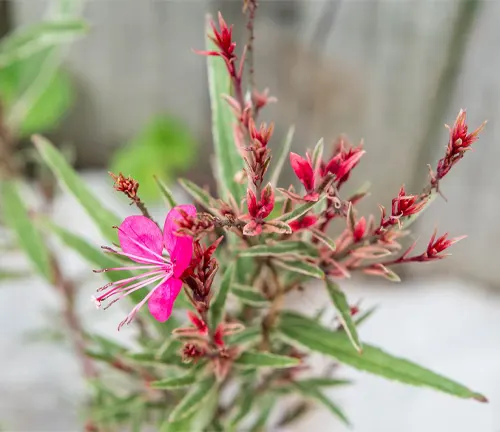
The plant’s adaptability and resilience make it a favorite among gardeners, thriving in diverse climates and soil conditions. Its aesthetic appeal lies not only in the ethereal blooms but also in the overall structure, making it a versatile choice for landscaping. Beyond its ornamental value, Gaura plants play a role in supporting biodiversity by attracting pollinators like bees and butterflies. With a reputation for low maintenance and a range of applications, from traditional medicine to creative DIY projects, the Gaura plant has become a beloved addition to gardens worldwide.
| Aspect | Details |
|---|---|
| Scientific Name | Gaura Lindheimeri |
| Family | Onagraceae |
| Common Names | Gaura, Wand Flower, Beeblossom |
| Origin | North America |
| Plant Type | Herbaceous Perennial |
| Height | Varies (typically 2 to 4 feet) |
| Foliage | Lance-shaped leaves |
| Flowers | Delicate, butterfly-like blooms in white or pink |
| Blooming Period | Spring through Fall |
| Sunlight | Full sun to partial shade |
| Soil Type | Well-draining soil |
| Watering | Moderate; prefers drier conditions |
| Pruning | Regular pruning to maintain shape and encourage bushier growth |
| Hardiness Zones | Typically 5 to 9, depending on the variety |
| Adaptability | Thrives in various climates and soil conditions |
| Uses | Ornamental, attracts pollinators, traditional medicine, DIY crafts |
| Landscape Use | Borders, containers, cottage gardens, naturalized areas |
| Special Features | Resilient, low-maintenance, versatile, wildlife-friendly, adaptable |
| Potential Issues | Susceptible to pests like aphids and powdery mildew; proper care minimizes risks |
| Cultural Significance | Historical uses in Native American medicine; continues to be explored in modern herbal practices |
A Symphony of Nature’s Beauty

Gaura plants, with their delicate appearance and captivating charm, have become a favorite among gardening enthusiasts. From the vibrant blooms to the low-maintenance care requirements, Gaura plants offer a unique and rewarding experience for both novice and experienced gardeners.
Gaura plants, scientifically known as Gaura Lindheimeri, belong to the Onagraceae family. These herbaceous perennials are native to North America and are renowned for their gracefully arching stems and butterfly-like flowers.
The Gaura plant is characterized by slender stems adorned with lance-shaped leaves and dainty blossoms that dance in the breeze. Known for their resilience and adaptability, these plants can thrive in various environments.
Planting and Care Tips
Soil and Sunlight Requirements
Gaura plants thrive in well-draining soil and require full sunlight for optimal growth. Choosing the right location and soil composition is crucial for their successful cultivation.
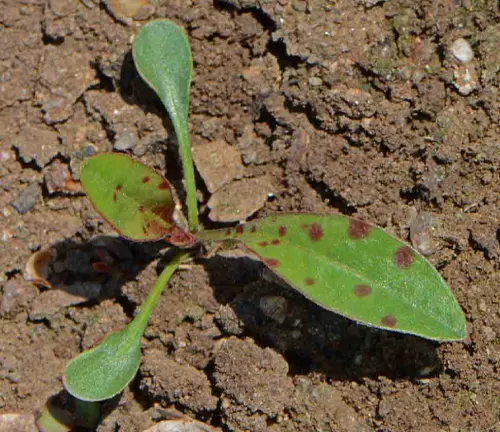
Watering Schedule
Moderate watering is essential for Gaura plants, and they generally prefer drier conditions. Establishing a consistent watering schedule helps prevent issues like root rot and ensures a healthy, vibrant display of flowers.
Pruning Techniques
Pruning Gaura plants encourages bushier growth and prolongs the blooming period. Regularly remove spent flowers and trim back leggy stems to maintain a tidy and attractive appearance.
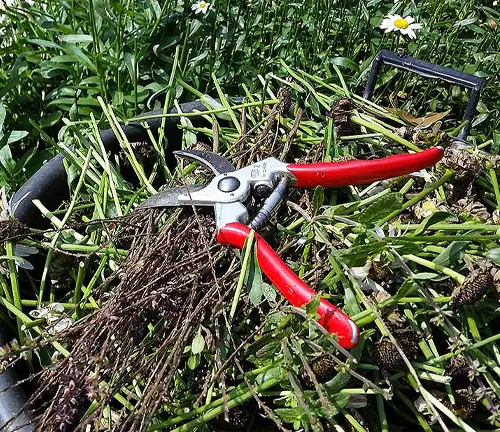
Gaura Plant’s Aesthetic Appeal
Flowers and Foliage
The ethereal blossoms of Gaura plants create a mesmerizing display, resembling fluttering butterflies. The long, slender stems with lance-shaped leaves add an elegant touch to any garden.


Landscaping Ideas
Gaura plants work well in various landscaping designs, from cottage gardens to modern landscapes. Their versatility allows for creative arrangements, and they can be used as borders, in containers, or as focal points in the garden.
Common Issues and Troubleshooting
Pests and Diseases
While generally hardy, Gaura plants may encounter issues like aphids or powdery mildew. Regular inspections and prompt treatment with organic remedies can help prevent these problems.

Solutions for Common Problems
Implementing cultural practices such as proper spacing, good air circulation, and avoiding overwatering can contribute to a healthier Gaura plant and minimize the risk of common issues.
Benefits of Growing Gaura Plants
Environmental Benefits
Gaura plants contribute to the ecosystem by attracting pollinators like bees and butterflies. Their presence in gardens supports biodiversity and helps maintain a healthy environment.
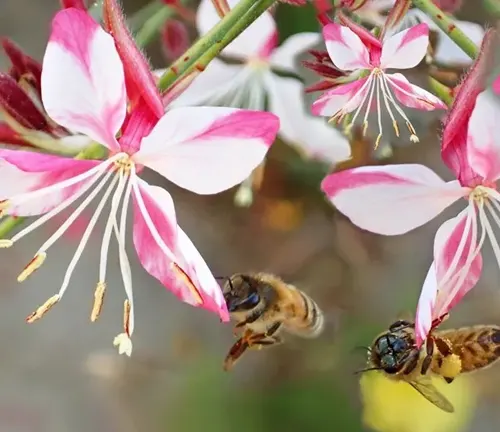
Gardening and Mental Well-being
Cultivating Gaura plants can have therapeutic benefits, promoting relaxation and stress relief. The act of nurturing these plants fosters a deeper connection with nature and enhances overall well-being.
Gaura Plant in Different Climates
Suitable Climates for Gaura
While Gaura plants prefer warm climates, they exhibit adaptability and can thrive in a range of temperature zones. Understanding their needs allows gardeners to cultivate them successfully in diverse regions.
Adapting to Challenging Environments
Gaura plants can adapt to challenging environments with proper care. Mulching, strategic placement, and adjusting watering practices can help them withstand adverse conditions.
Seasonal Considerations
Gaura in Spring
Spring is a time of rejuvenation for Gaura plants. Adequate sunlight and moderate temperatures promote vigorous growth and the emergence of beautiful blooms.

Gaura in Summer
Summer showcases the full splendor of Gaura plants, with an abundance of flowers dancing in the warm breeze. Consistent watering is crucial during this period to support their peak performance.
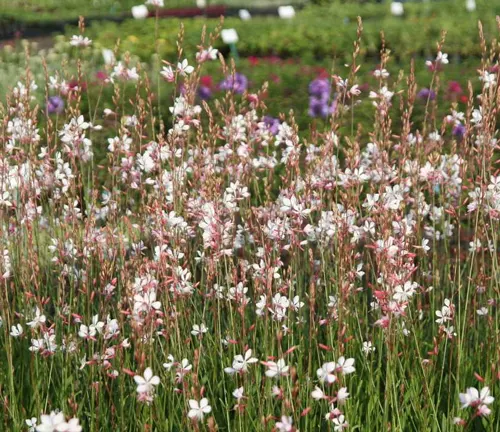
Preparing for Winter
As winter approaches, Gaura plants may become dormant. Providing a layer of mulch and reducing watering helps protect the plant during colder months, ensuring a healthy return in the following spring.
Gaura Plant in Traditional Medicine
Historical Uses
Gaura plants have historical significance in traditional medicine. Native American tribes used various parts of the plant for medicinal purposes, including treating wounds and respiratory ailments.
Modern Applications
While not widely utilized in modern medicine, some herbal practitioners explore the potential health benefits of Gaura plants. Research continues to uncover new applications for this fascinating plant.
Gaura Plant’s Popularity in Gardens
Testimonials from Gardeners
Gardeners worldwide share their experiences with Gaura plants, praising their adaptability, low maintenance, and the joy they bring to outdoor spaces. Real-life stories highlight the plant’s popularity among diverse gardening communities.
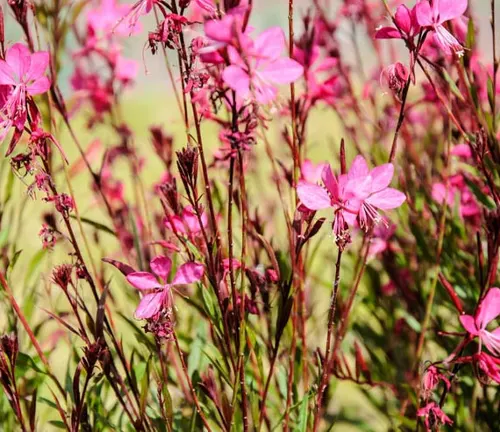
Social Media Impact
The rise of social media has contributed to the popularity of Gaura plants, with enthusiasts sharing photos, tips, and success stories. Instagram, Pinterest, and gardening forums are filled with vibrant Gaura displays, inspiring more people to include them in their gardens.
Gaura Plant’s Role in Biodiversity
Attracting Wildlife
The nectar-rich flowers of Gaura plants attract a variety of pollinators, including bees and butterflies. Creating a welcoming habitat for these creatures enhances the overall biodiversity of a garden.
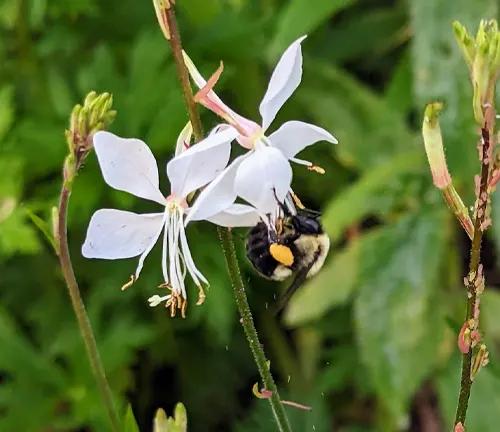

Ecological Impact
Gaura plants play a role in supporting ecosystems by providing food sources for pollinators. Their presence contributes to a balanced and thriving natural environment.
Gaura Plant Varieties for Beginners
Low-Maintenance Options
For beginners, opting for low-maintenance Gaura varieties is advisable. These plants require minimal care while still delivering stunning displays of flowers, making them ideal for those new to gardening.
Easy-to-Grow Varieties
Certain Gaura cultivars are known for their ease of cultivation. Choosing varieties with straightforward care requirements ensures a successful and enjoyable gardening experience for beginners.
DIY Gaura Plant Crafts
Crafting with Gaura Flowers
Gaura flowers can be creatively incorporated into various crafts. From pressed flower art to handmade greeting cards, the delicate blooms add a touch of nature to DIY projects.

Creative Projects for Enthusiasts
Gaura enthusiasts can explore advanced crafting projects, such as creating wreaths, floral arrangements, or even experimenting with natural dyes using Gaura petals. The possibilities are endless for those with a passion for hands-on creativity.
Growing Gaura from Seeds
Step-by-Step Guide
Growing Gaura from seeds is a rewarding endeavor. A step-by-step guide provides novice gardeners with the necessary information to start their Gaura plant journey from seed to blooming beauty.
Tips for Successful Seed Germination
Understanding the specific requirements for Gaura seed germination increases the likelihood of success. Proper soil preparation, temperature control, and patience are key factors for a thriving Gaura garden.
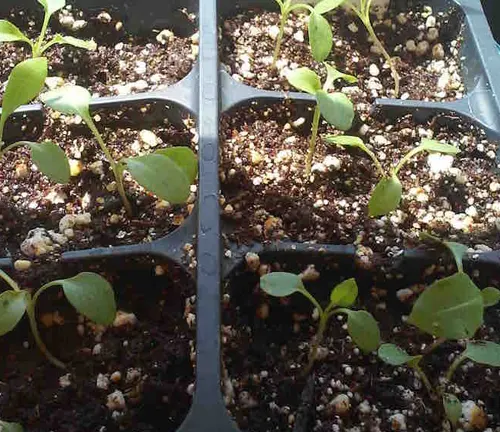
Different Species
Gaura Lindheimeri
Commonly known as Lindheimer’s Beeblossom or Whirling Butterflies, this is the most widespread and popular species. It features slender stems and delicate white or pink flowers that resemble fluttering butterflies.
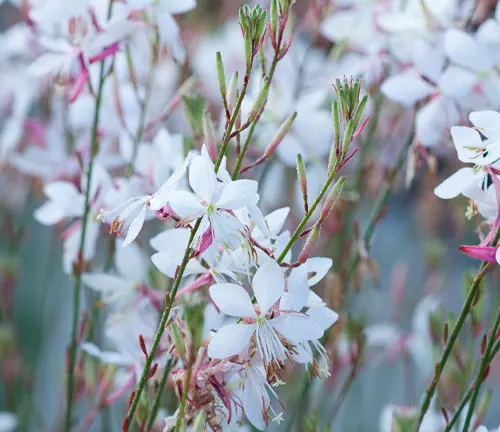
Gaura Biennis
Also called biennial gaura, this species has a distinctive appearance with taller spikes of flowers and a more robust growth habit compared to Gaura Lindheimeri. It adds a wild beauty to naturalized areas.

Gaura Coccinea
This species is known for its vibrant, reddish-pink flowers. It shares the graceful characteristics of other Gaura varieties and is appreciated for its ornamental value in gardens.
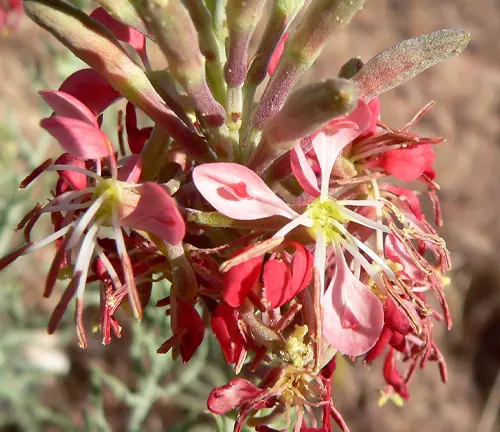
Gaura Sinuata
With a more compact growth habit, Gaura Sinuata is often chosen for smaller garden spaces. It retains the signature slender stems and dainty blossoms that make Gaura plants so enchanting.
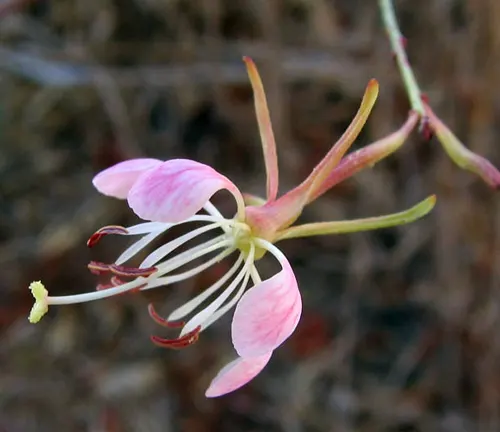
Gaura Longiflora
Recognized for its elongated flowers, Gaura Longiflora is a unique variation within the Gaura genus. The extended blooms add an extra dimension to the plant’s visual appeal.

Frequently Asked Questions (FAQs)
- What is the ideal sunlight requirement for Gaura plants?
Gaura plants thrive in full sun to partial shade. They generally prefer a location with abundant sunlight for optimal growth. - Are Gaura plants suitable for container gardening?
Yes, Gaura plants can be grown in containers, making them a versatile choice for various gardening setups. - How often should Gaura plants be watered?
While Gaura plants prefer drier conditions, regular watering is essential to support their growth. It’s important to monitor soil moisture levels. - Can Gaura plants survive in colder climates?
Gaura plants can adapt to colder climates with proper winter care, including mulching and reduced watering. - Do Gaura plants attract pollinators?
Yes, Gaura plants are known for attracting pollinators such as bees and butterflies with their nectar-rich flowers. - What is the typical blooming period for Gaura plants?
Gaura plants generally bloom from spring through fall, showcasing their delicate and charming flowers. - How tall do Gaura plants usually grow?
The height of Gaura plants varies, but they typically range from 2 to 4 feet, depending on the specific variety. - Are there any common pests or diseases that affect Gaura plants?
While generally hardy, Gaura plants may face issues like aphids or powdery mildew. Regular inspections and prompt treatment can help prevent these problems. - Can Gaura plants be grown indoors?
While Gaura plants are best suited for outdoor cultivation, some varieties may be grown indoors if provided with adequate sunlight. - What are the benefits of growing Gaura plants in the garden?
Gaura plants contribute to the ecosystem by attracting pollinators, support biodiversity, and provide a therapeutic and visually appealing garden experience. - How do I propagate Gaura plants?
Gaura plants can be propagated through division or by collecting and planting seeds. Each method has its own set of steps for successful propagation. - What kind of soil is best for Gaura plants?
Gaura plants thrive in well-draining soil. Sandy or loamy soils with good drainage are ideal for preventing waterlogged conditions. - Can I grow Gaura plants in containers on a balcony or terrace?
Yes, Gaura plants are well-suited for container gardening on balconies or terraces, provided they receive adequate sunlight and proper care. - Are there any specific companion plants that pair well with Gaura in a garden?
Gaura plants complement various companion plants, including salvia, lavender, and ornamental grasses, creating visually appealing and harmonious garden designs.




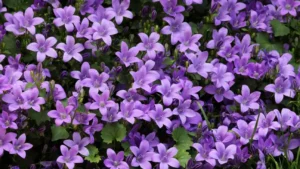
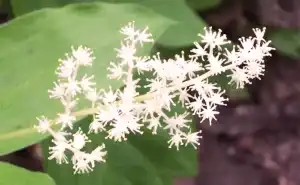
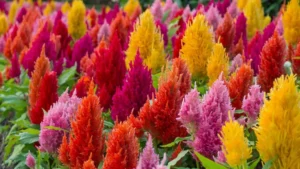
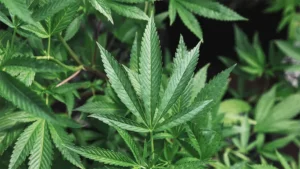
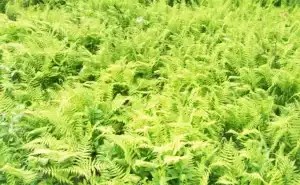
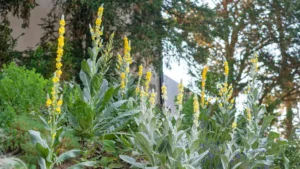
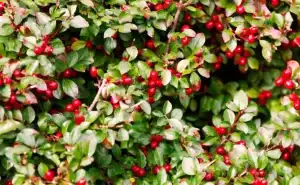
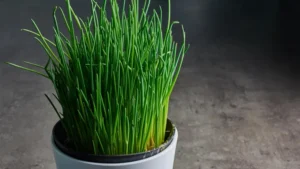
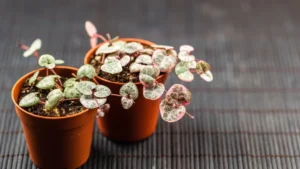
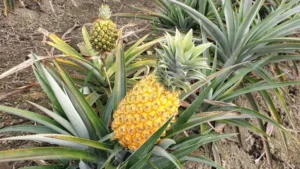
Leave your comment